AMD's Radeon RX 6000 lineup of "Big Navi" graphics cards is here. Here's what you need to know about specs, performance, price, and release dates.
AMD took the cap off its next-generation Radeon RX 6000 series graphics cards (GPU) using RDNA 2 architecture just weeks after unveiling new desktop-class Ryzen 5000 processors (CPU). And just like the CPUs and their huge boost to performance, the new RX 6000 GPUs bring a ton of power compared to the last generation. Enough that they rank high in our list of the overall best graphics card options out there. Here's what you need to know.
AMD announces the RX 6600 XT for high-end 1080p gaming
AMD most recently announced the Radeon RX 6600 XT on July 30. The GPU is set to launch Aug. 11 with a list price of $379. AMD says it aims to deliver "epic 1080p performance" at a cost that's $100 less than the RX 6700 XT. It has 8GB of GDDR6 VRAM, 2,048 stream processors, and a 160W TDP. It has access to all of AMD's extra features, including FidelityFX Super Resolution, Smart Access Memory, Infinity Cache, and more.
Compared to the NVIDIA RTX 3060, its main competition, you're looking at about a 15% performance premium for AMD's card. However, the RX 6600 XT has a list price about $50 higher than the 3060.
AMD announces the RX 6700 XT for 1440p gaming
In its "Where Gaming Begins Ep. 3," AMD announced the Radeon RX 6700 XT. This was the fourth GPU to be born into the RDNA 2 family, and it comes in just below the AMD Radeon RX 6800 in terms of performance and price. It released March 18 at a $479 list price.
Both AMD's reference cards and third-party cards from popular manufacturers were released the same day to hopefully alleviate the stock shortages, though you'll still be hard-pressed to find stock. AMD stressed that the RX 6700 XT is the card you want for 1440p gaming, beating out the RTX 2080 Super, RTX 3060 Ti, and RTX 3070 in numerous popular AAA games. With 12GB of VRAM, it's well equipped to handle 1440p at max settings in particularly demanding games.
What about the other Radeon RX 6000 GPUs?
Along with the newer RX 6600 XT and RX 6700 XT, the three other Radeon RX 6000 GPUs are just as drool-worthy. They're all using the RDNA 2 architecture that is an evolution of RDNA we saw in the RX 5000-series cards. You might have also heard RDNA 2 called Navi 2x or Big Navi, but the facts remain the same; these new cards are absolutely sizzling. This same technology is being used in next-gen Xbox Series X, Xbox Series S, and PlayStation 5 consoles, but these are the first PC-based GPUs with the technology. Here's a breakdown of the specs for each new Radeon RX 6000 GPU.
| Category | Radeon RX 6900 XT | Radeon RX 6800 XT | Radeon RX 6800 | Radeon RX 6700 XT | Radeon RX 6600 XT |
|---|---|---|---|---|---|
| Stream processors | 5,120 | 4,608 | 3,840 | 2,560 | 2,048 |
| Compute units | 80 | 72 | 60 | 40 | 32 |
| Texture units | 320 | 288 | 240 | 160 | 128 |
| Ray accelerators | 80 | 72 | 60 | 40 | 32 |
| Game clock | 2,015MHz | 2,015MHz | 1,815MHz | 2,424MHz | 2,359MHz |
| Boost clock | 2,250MHz | 2,250MHz | 2,105MHz | 2,581MHz | 2,589MHz |
| Memory | 16GB GDDR6 | 16GB GDDR6 | 16GB GDDR6 | 12GB GDDR6 | 8GB GDDR6 |
| Infinity Cache | 128MB | 128MB | 128MB | 96MB | 32MB |
| TDP | 300W | 300W | 250W | 230W | 160W |
| Recommended PSU | 850W | 750W | 650W | 650W | 500W |
| Slot size | 2.5 | 2.5 | 2 | 2 | 2 |
| Price | $999 | $649 | $579 | $479 | $379 |
The first version of RDNA was a huge step up over AMD's previous GCN architecture. AMD aimed for the 7nm RDNA 2 to trounce again the performance-per-watt of RDNA, and it has pulled it off with an actual 54% increase. If that wasn't impressive enough, the mighty RX 6900 XT boosts the performance-per-watt increase to a whopping 65%.
How did AMD do it? Compute unit design has been advanced with 30% more efficiency. The proprietary Infinity Cache, based on the Zen L3 cache and optimized for graphics, reduces bottlenecks and effectively doubles the bandwidth of a 384-bit G6 interface. And thanks to improved silicon design, there's a 30% frequency increase despite a similar 7nm node. Altogether this contributes to the huge performance-per-watt gain, but it also delivers more than double the performance of RDNA at 4K.
On top of that, RX 6000 GPUs support DirectX 12 Ultimate, which encompasses ray tracing, variable rate shading, mesh shaders, and sampler feedback. The addition of ray tracing will no doubt help them compete with the current market-leading NVIDIA RTX 3070, RTX 3080, and RTX 3090 GPUs in compatible games. At the March 3 event, AMD also noted new Radeon Anti-Lag and Radeon Boost Variable Rate Shading support for DirectX 12.
AMD's FidelityFX Super Resolution, also known as FSR, has also officially arrived. It is essentially AMD's answer to NVIDIA's DLSS, with both technologies essentially taking a low-res frame, upscales it, and sharpens it to look as close to the original. This alleviates some pressure on the GPU, boosting framerates in compatible games. My guide on AMD FidelityFX Super Resolution vs. NVIDIA DLSS has more information.
Comparing AMD Radeon RX 6000 and NVIDIA RTX 3000 performance
The main stats most people were awaiting were raw performance in popular PC games compared to NVIDIA's mighty RTX 30-series GPUs. And for those on Team Red, the numbers look great. The RX 6800 XT is set to compete with the RTX 3080, and at 4K resolution in games like Battlefield V, Borderlands 3, and Call of Duty: Modern Warfare, the RX 6800 XT pulls ahead in frame rates. That's with maxed in-game graphics settings, so you can be assured that there is no compromise.
Even dropping down to 1440p, the RX 6800 XT beats the RTX 3080 in almost all games tested. Keep in mind the RX 6800 XT is doing this at a lower 300W TDP compared to the RTX 3080's 320W. And now with the RX 6700 XT on the table, coming in at a lower price than the RTX 3070 and beating it out in raw performance in many scenarios, NVIDIA has some close competition.
The RX 6800 compared to the RTX 2080 Ti tells about the same story. With the Smart Access Memory feature (more on that below) enabled, the RX 6800 beats out the RTX 2080 Ti at a 4K framerate in all games tested. The same holds true when dropping down to 1440p. Considering the RX 6800 is expected to retail for about $649, this is a huge amount of performance.
Stepping up to the RX 6900 XT — which is actually no larger physically than the RX 6800 XT — you're getting performance to rival the beefy RTX 3090. AMD padded the stats a bit with Rage Mode and Smart Access Memory enabled on its side, but at 4K with maxed setting the RX 6900 XT manages to beat the RTX 3090's frame rates in six out of the 10 games tested. And where it fell short, it wasn't far behind.
With the RX 6900 XT hitting the 300W TDP mark (compared to 350W) and costing $500 less than the RTX 3090, this seems like a big win for AMD.
More gaming features shown off
AMD also showed off some extra goodies that are going to help make your gaming experience that much better. Rage Mode delivers the ability to overclock your GPU with one click in Radeon software, and AMD's Smart Access Memory works with AMD's new Ryzen 5000 CPUs. When you combine the new CPU, GPU, and a 500-series chipset motherboard, you will see up to a 13% increase in performance. And that's before games further optimize this feature.
AMD stressed in its "Where Gaming Begins: Ep. 2" presentation that FPS is ultra important, but so is latency between your actions and what you see on screen. That's why its second-gen latency reduction tech is here, combining Radeon Anti-Lag and FreeSync monitors across DX9 and DX11 games. Radeon Boost also works in select games for controller and mouse input, giving you further latency reduction. Altogether, AMD showed off 37% less latency in Fortnite at a 4K resolution with these features enabled through Radeon software.
The RX 6000-series GPUs fully support DirectX 12 Ultimate, but AMD has also improved its FidelityFX collection of features to work better with new ray-tracing implementation. AMD FidelityFX is so far supported in 35 games, with more on the way.
When can you buy an AMD Radeon RX 6000 GPU?
The AMD Radeon RX 6900 XT, RX 6800 XT, and RX 6800 have been available for months, but good luck finding anything in stock. The RX 6700 XT is expected to launch March 18 at a $479 price tag.
For way more information about how to get your hands on the new GPUs, be sure to have a look at our guide on where to buy AMD Radeon RX 6000 graphics cards.
 Reviewed by admin
on
August 03, 2021
Rating:
Reviewed by admin
on
August 03, 2021
Rating:
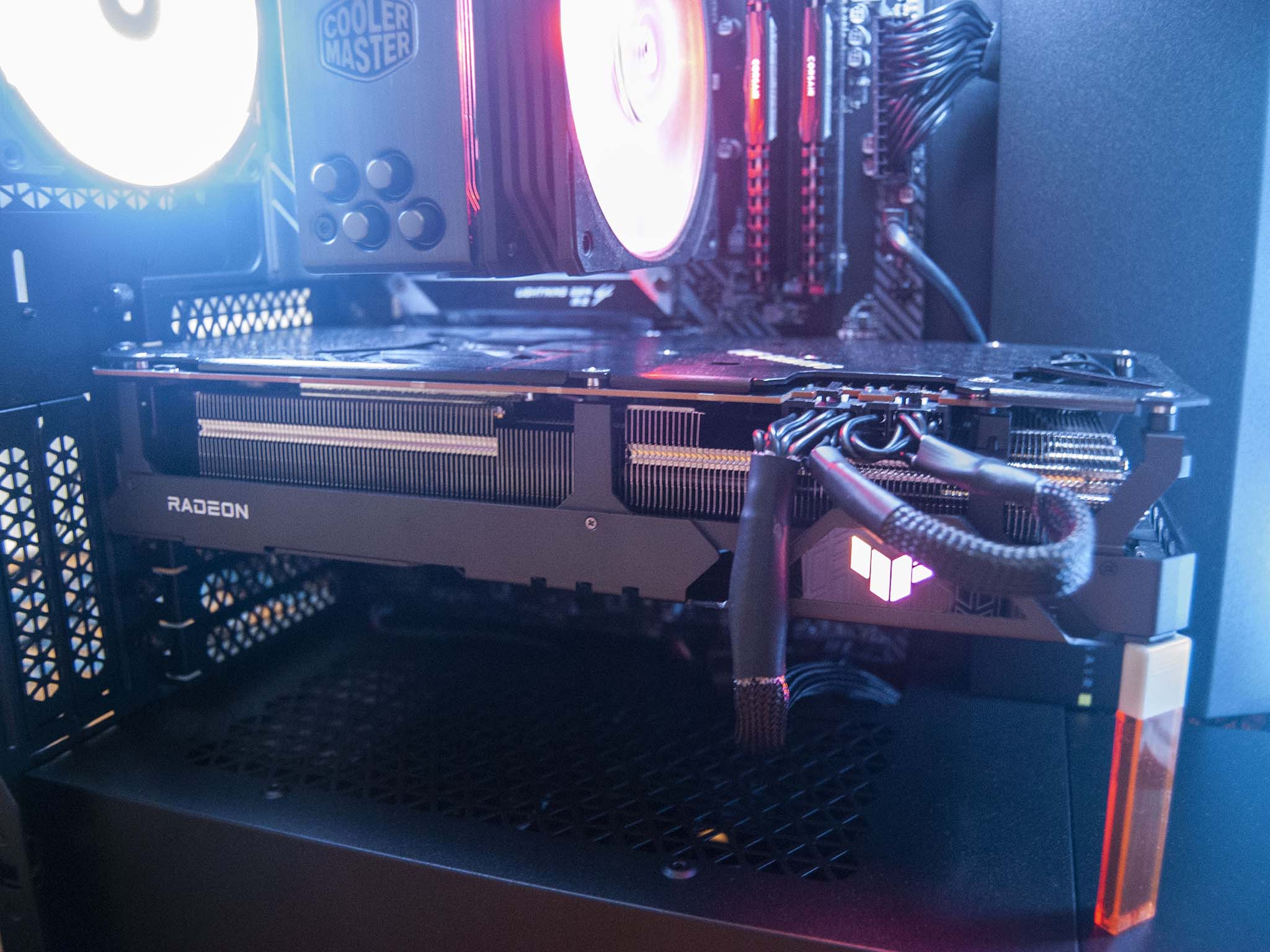
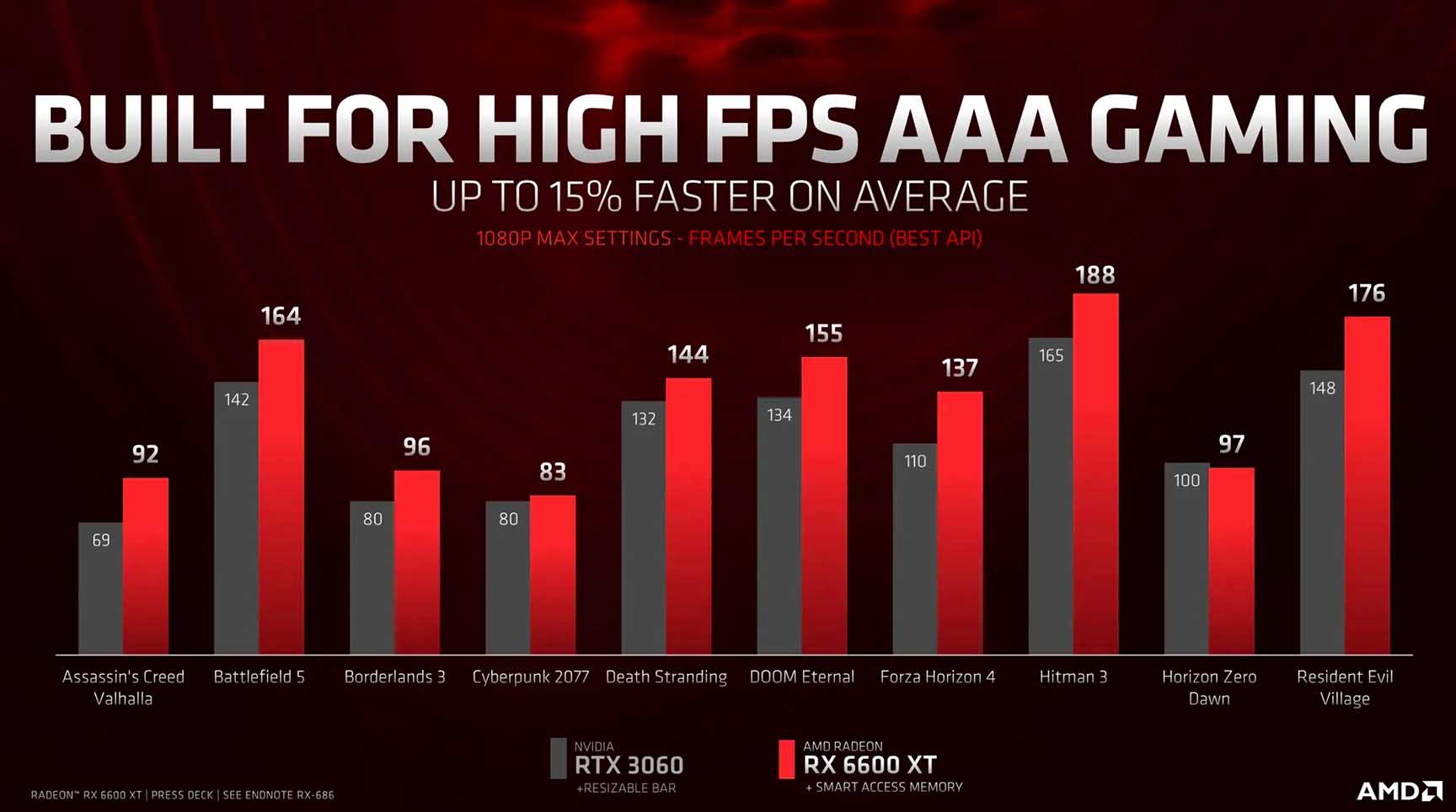



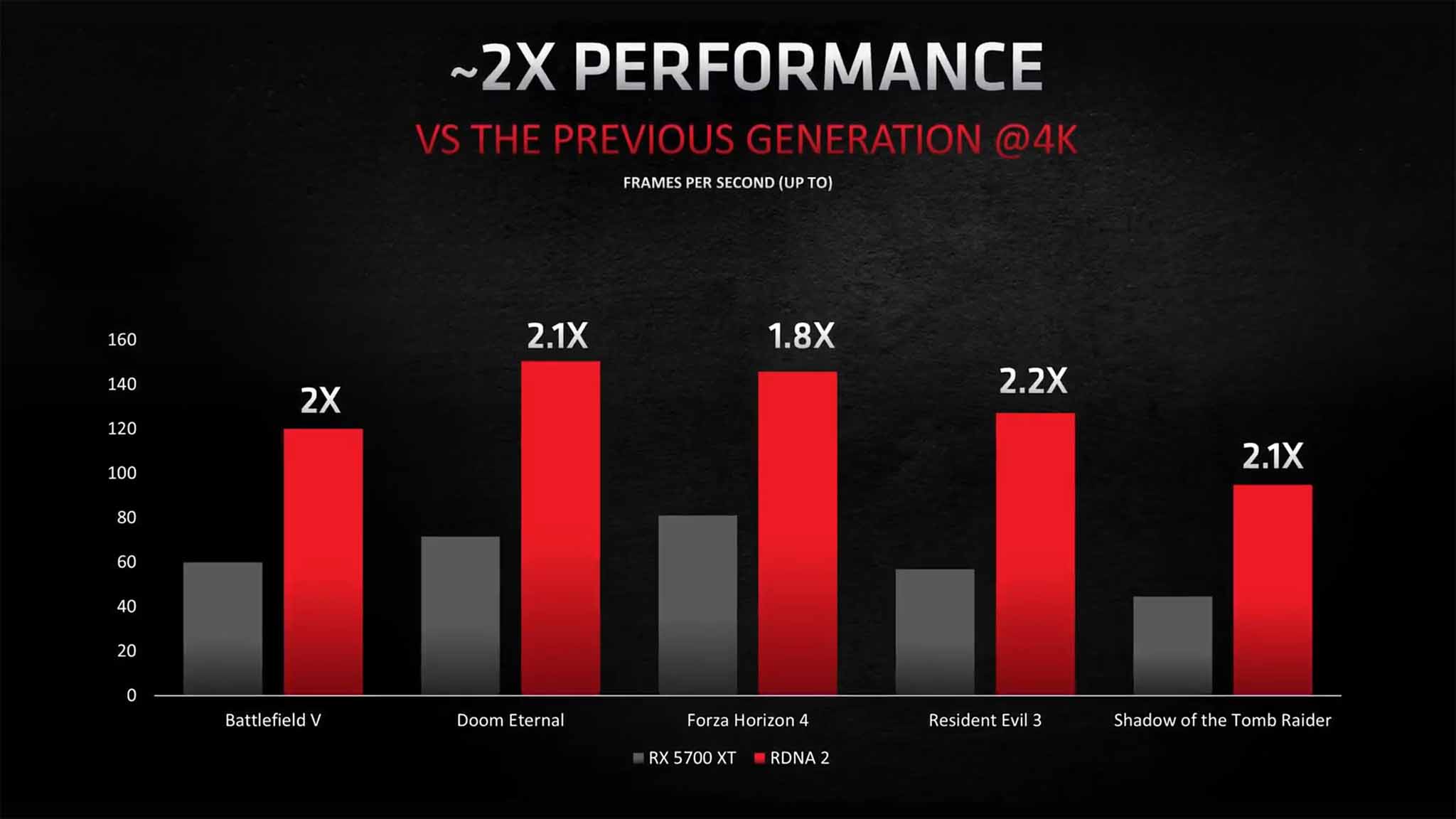
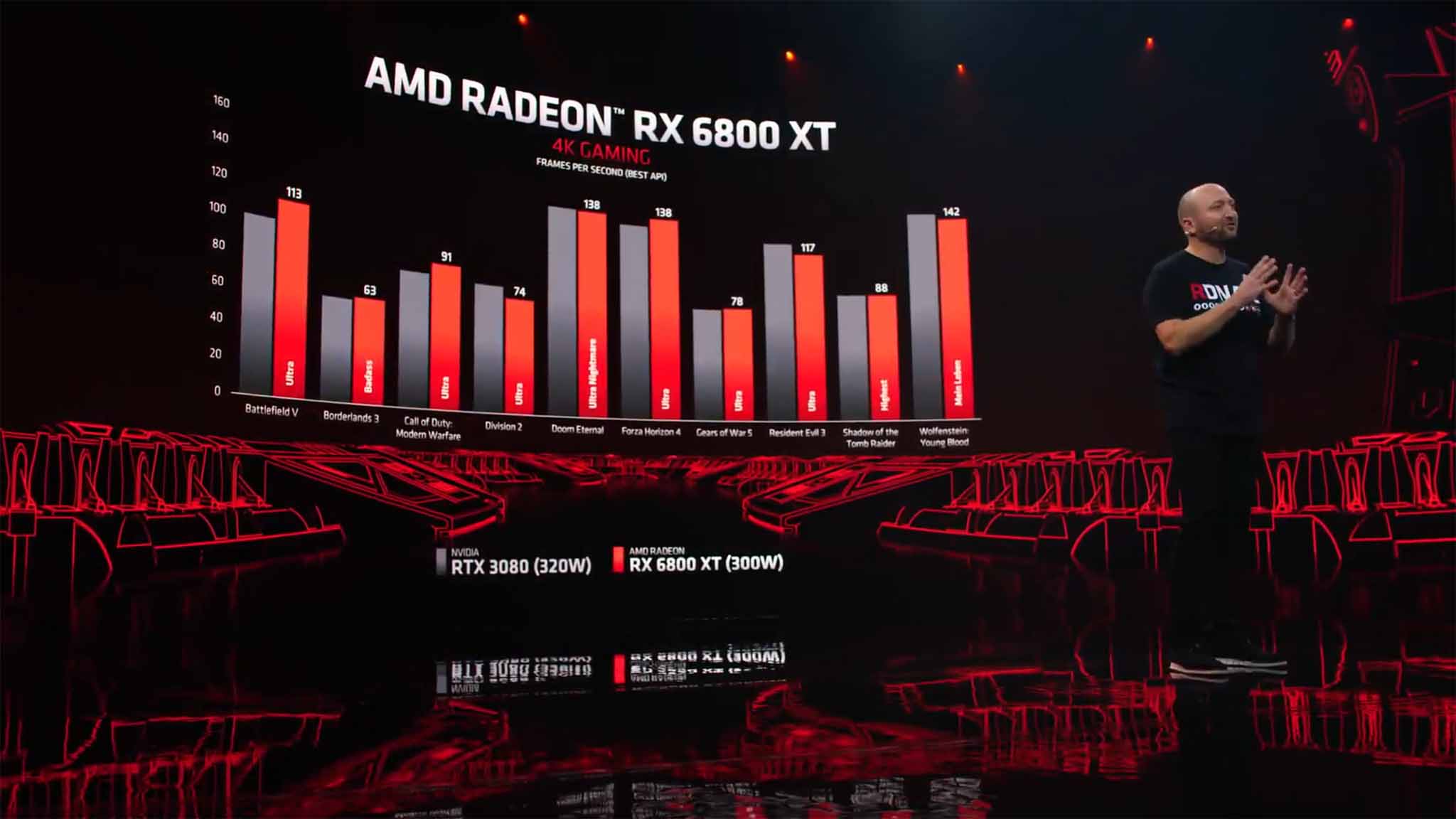
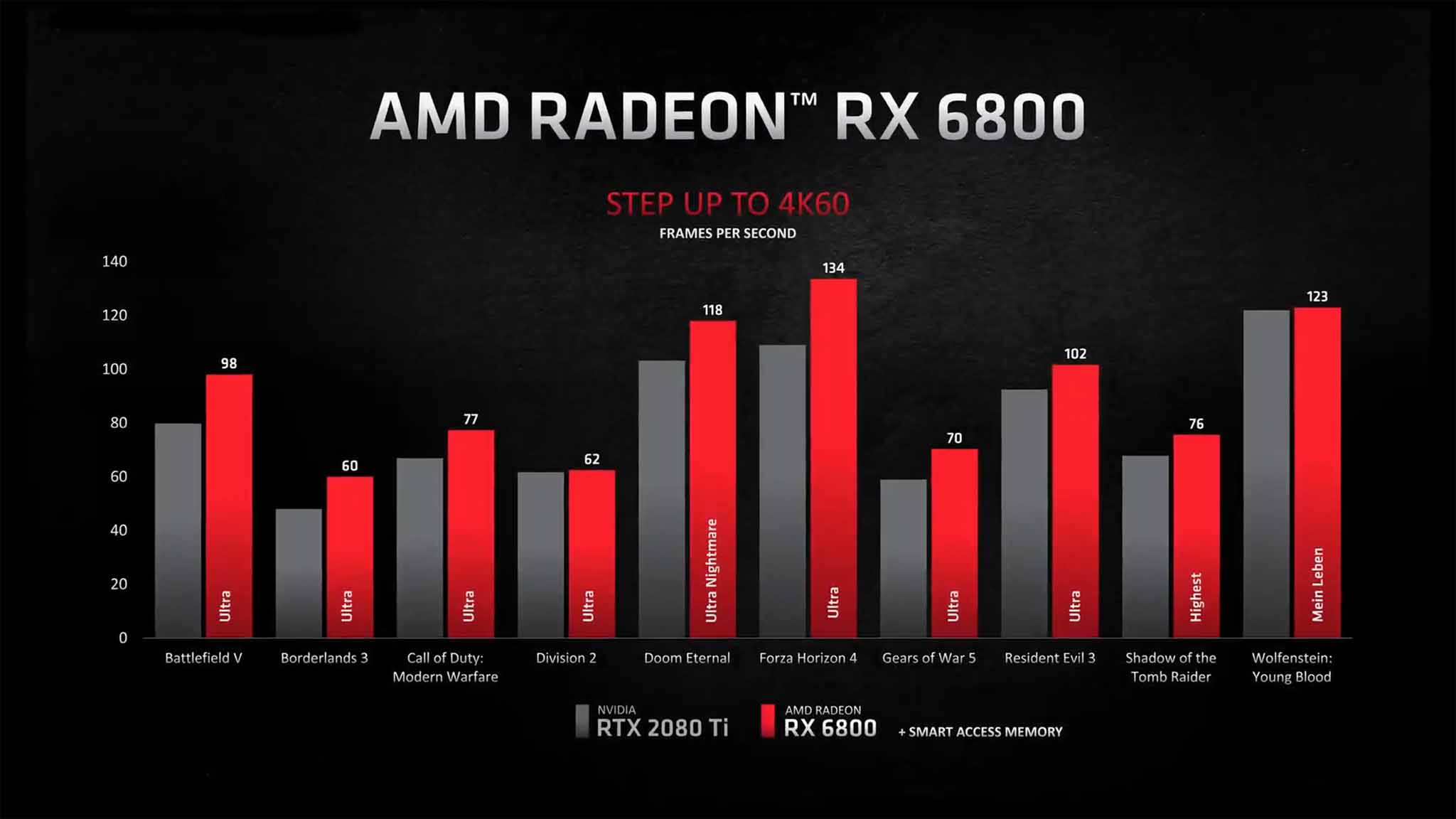
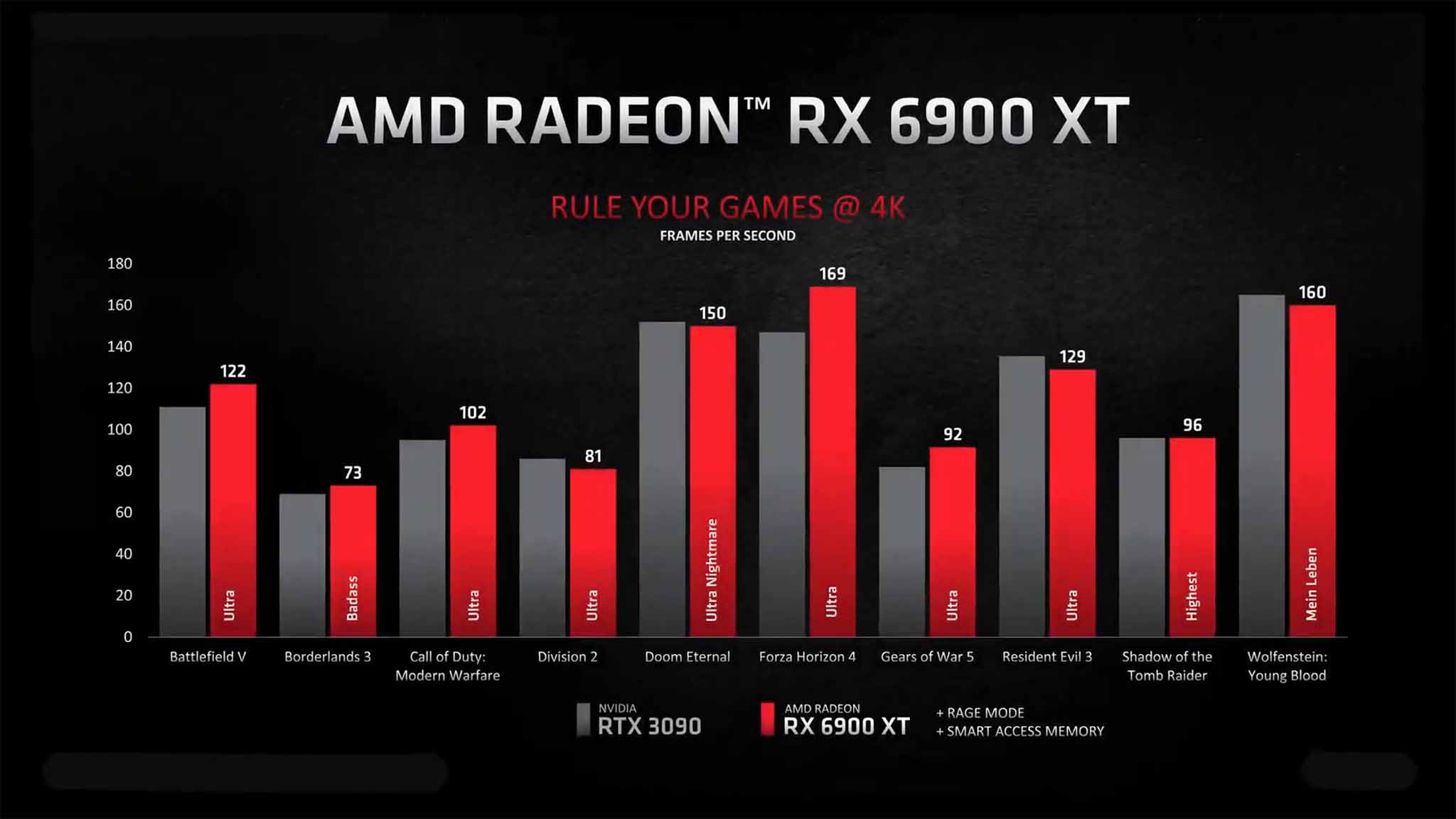
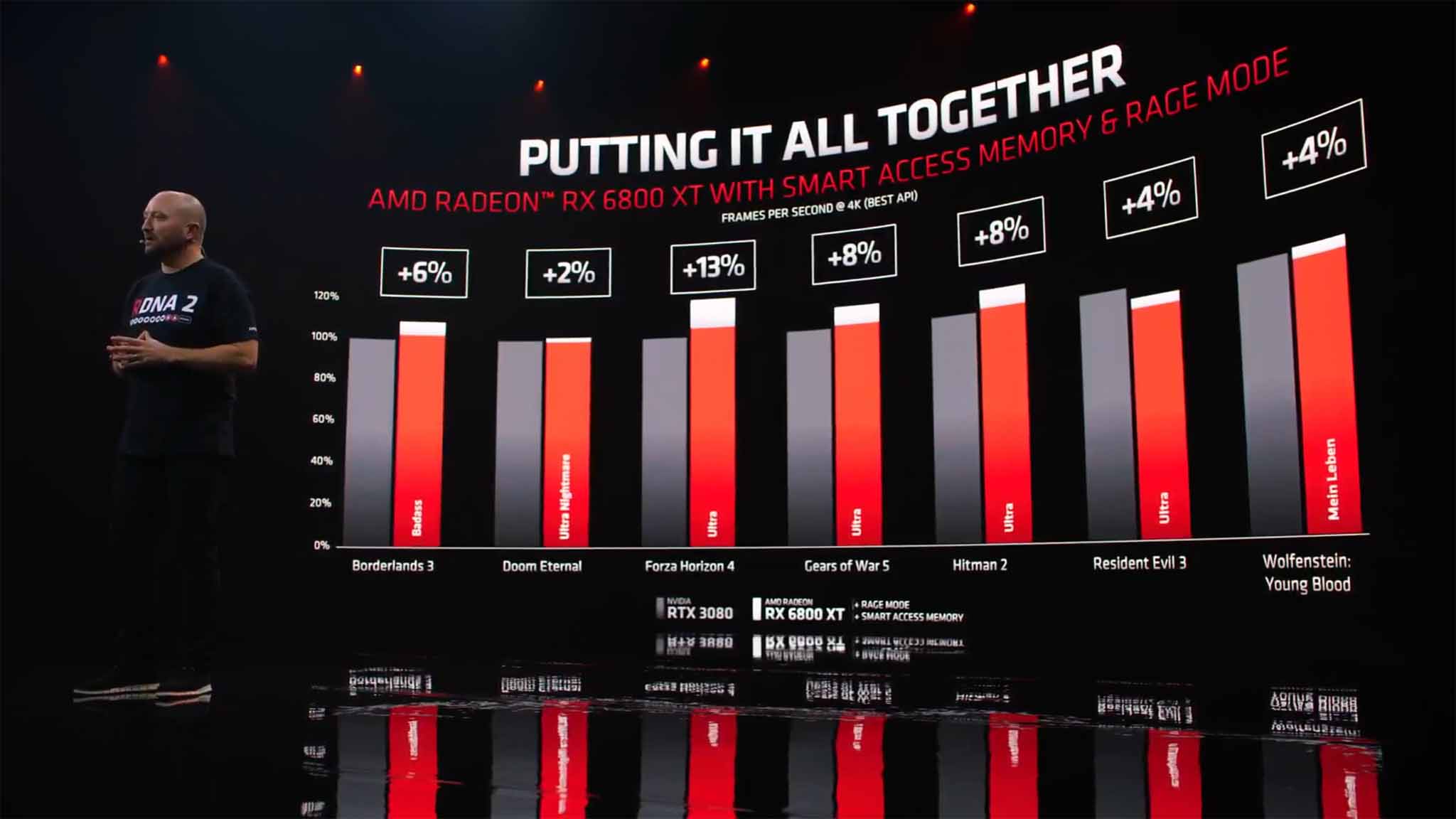
No comments: